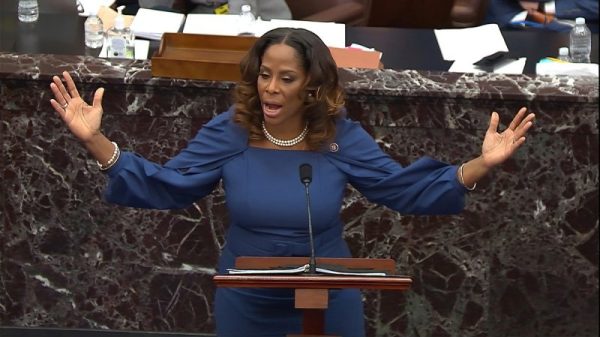
Investing.com — The potential removal of the USMCA free trade agreement could significantly impact the North American automotive industry, with the “Detroit 3” automakers—General Motors Company (NYSE:GM), Ford (NYSE:F), and Stellantis NV (NYSE:STLA)—facing the most substantial challenges, according to Bernstein.
In a report published Saturday, Bernstein highlights the critical role Mexico and Canada play in the automotive supply chain. Over 30% of vehicles sold in the U.S. originate from these two countries, with Mexico being the larger contributor.
Moreover, approximately 20% of the value of U.S.-assembled vehicles depends on imported parts. A removal of free trade status would not only disrupt supply chains but also result in steep tariff costs, particularly for automakers reliant on Mexican production.
Bernstein’s analysis reveals that Detroit automakers are uniquely vulnerable due to their high reliance on Mexican manufacturing.
“Given the high exposure to production in Mexico and the low exposure to other international markets unaffected by a change in U.S. tariffs, the Detroit 3 would be among the most impacted OEMs,” analysts Daniel Roeska and Harry Martin said in the note.
GM, for instance, would experience a margin hit of 2.6 percentage points of revenue, making it the hardest-hit automaker under this scenario.
Ford and Stellantis would face significant margin pressures, while automakers with diversified production bases, such as European and Asian brands, are less exposed.
Last month, President-elect Donald Trump vowed to impose significant tariffs on Canada, Mexico, and China, signaling a shift toward aggressive trade policies that could spark tensions with the U.S.’s largest trading partners.
Trump announced plans for a 25% tariff on imports from Canada and Mexico, linking the measure to efforts to curb drug trafficking and illegal migration. This move could potentially breach the USMCA trade agreement, which facilitates duty-free trade between the three nations.
In addition, Trump proposed a 10% tariff on imports from China, on top of any existing duties. While the specifics remain unclear, the proposal follows earlier promises to revoke China’s most-favored-nation status and impose tariffs exceeding 60% on Chinese goods.
The U.S. is the primary market for both Mexico and Canada, absorbing over 83% of Mexican exports and 75% of Canadian exports in 2023. The tariffs could also disrupt Asian automakers and electronics firms that rely on Mexico as a manufacturing hub for the U.S. market.
Trump, who originally signed the USMCA into law in 2020 after contentious negotiations, will have the chance to renegotiate the deal in 2026 when a “sunset” clause allows for amendments or potential withdrawal.





























